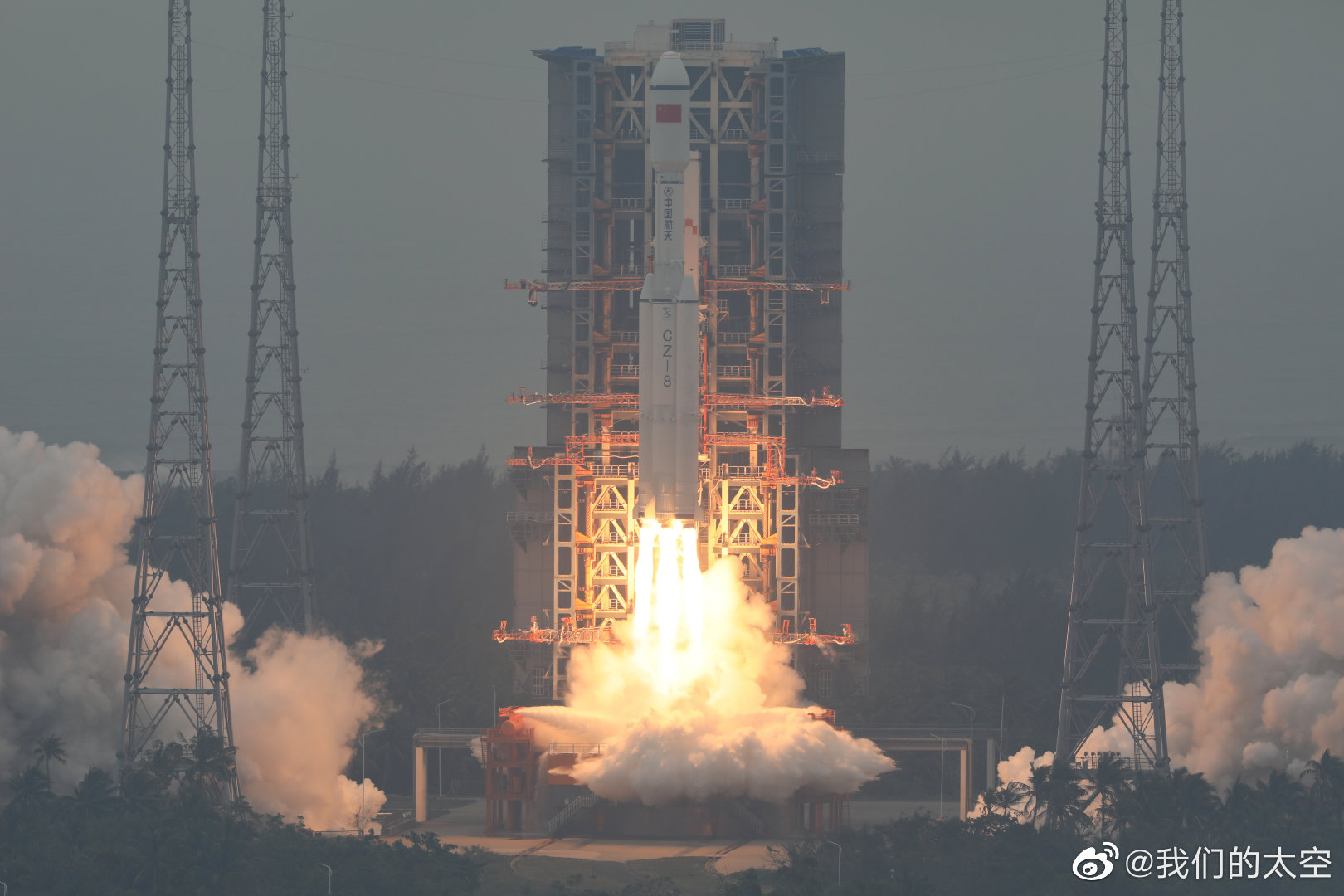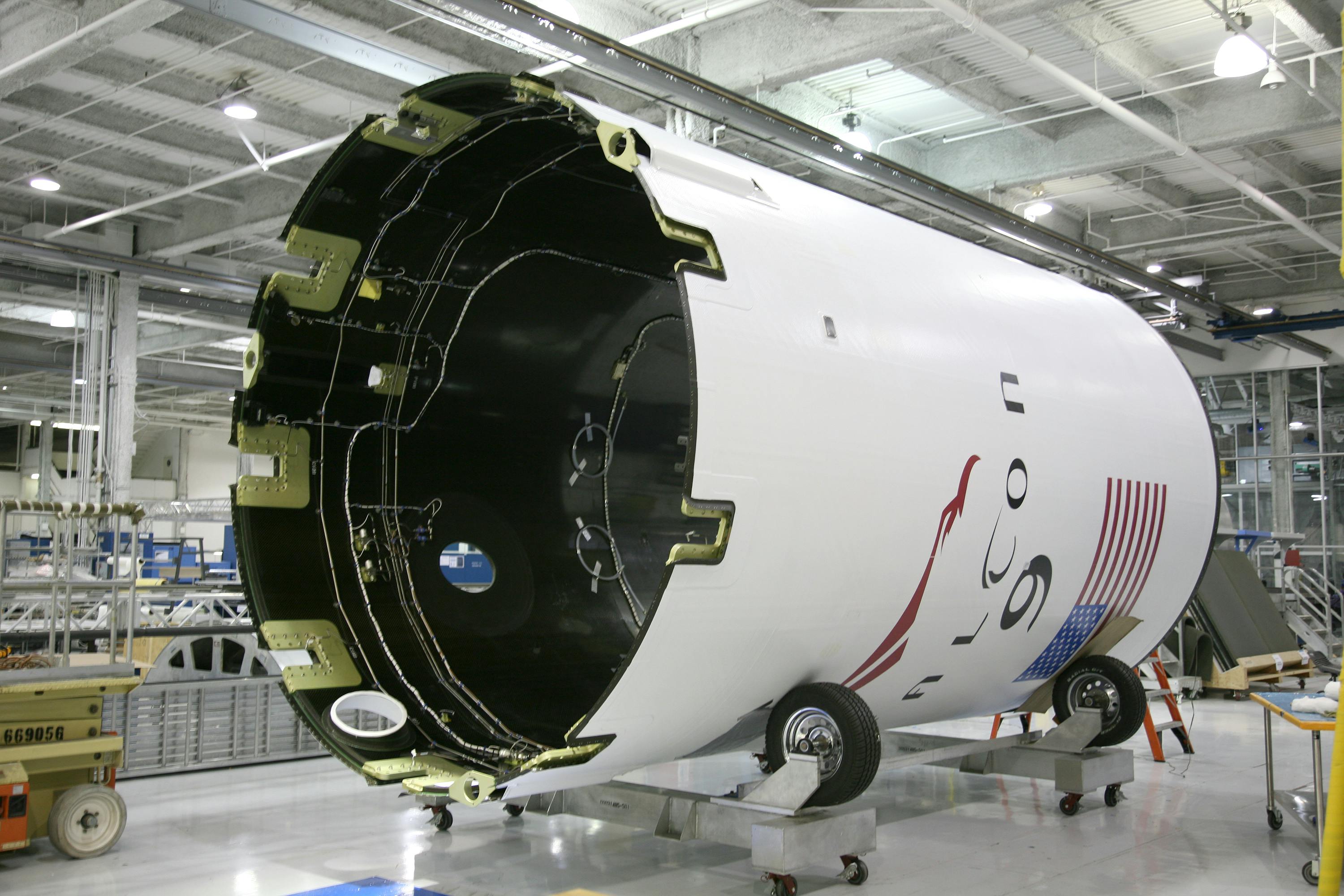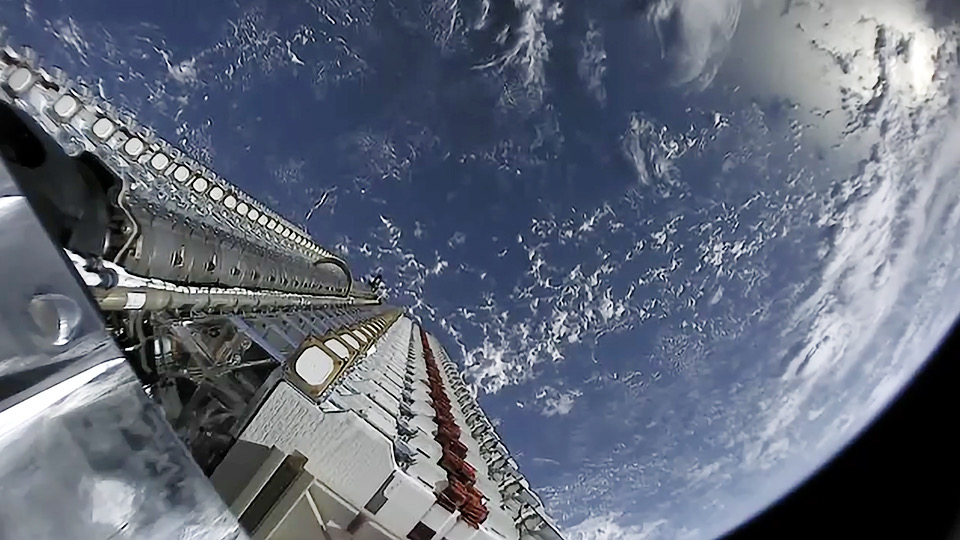· space brief · 6 min read
Space Brief 25 Jun 2025
Today's highlights include the launch of a U.S. military satellite via SpaceX, a new French defense agreement for satellite services, and the Missile Defense Agency's successful ICBM target tracking with long-range radar.

📄Top Stories
Key developments today include York Space launching a military satellite as part of a SpaceX rideshare mission, enhancing the U.S. military’s space capabilities. Eutelsat has entered a pivotal agreement with the French Ministry of the Armed Forces to provide sophisticated low Earth orbit satellite services. Additionally, the Missile Defense Agency has made a breakthrough by tracking an intercontinental ballistic missile (ICBM) target with long-range radar technology.
📰Detailed Coverage
York Space’s Military Satellite Launch with SpaceX
York Space successfully launched a U.S. military satellite aboard a SpaceX rideshare mission. Known as Dragoon, this satellite is the first of twelve being constructed as part of a contract with the Space Development Agency aimed at enhancing military communications and surveillance capabilities.
This development represents a significant step forward in military satellite deployments, leveraging rideshare capabilities to optimize launch costs and scheduling. For satellite tracking enthusiasts, this addition will soon be observable as it integrates into low Earth orbit, with tracking capabilities available through our web app’s latest features.
Read the full story: SpaceNews
French Defense Satellite Services Enhanced by Eutelsat
In a strategic move to bolster its defense capabilities, France has finalized an agreement with Eutelsat to deliver advanced satellite services under the new NEXUS program. This partnership underlines a commitment to integrating civilian and military satellite communications to create a robust space defense infrastructure.
The initiative is part of a broader trend towards modernizing defense communications through innovative satellite technologies. This modernization effort promises improved resiliency and security for French military operations, aligning seamlessly with international defense standards.
Read the full story: SpaceWar
Axient Joins U.S. Space Force STEP 2.0
Axient, under the Astrion brand, joins the U.S. Space Force’s Space Test Experiments Program (STEP) 2.0, which is set to drive innovation in orbital technologies. This multi-year program is designed to accelerate the deployment of advanced space technologies crucial for national defense.
STEP 2.0 is poised to become a cornerstone for evolving America’s space capabilities, with Axient playing a pivotal role in experimental missions that will test and enhance orbital resilience and technology integration. This highlights the growing importance of collaborative tech developments in the defense sector.
Read the full story: SpaceWar
Missile Defense Agency’s Breakthrough with Long-Range Radar
The Missile Defense Agency successfully used its long-range radar system to track an ICBM test target for the first time. The successful test, known as Flight Test Other-26 (FTX-26), marks a crucial advancement in missile defense capabilities aimed at enhancing national security.
The ability to track long-range targets accurately with radar technology represents a technological leap in missile defense, offering early detection and interception capabilities crucial to both national and global security initiatives.
Read the full story: Breaking Defense
Lithuania’s Defense Industry Strategy
Lithuania has issued a cautionary message to European allies against separating from the U.S. defense industry. Emphasizing cooperative ties, Lithuania advocates for maintaining an inclusive approach to defense partnerships, which includes non-EU countries like the U.S., South Korea, and Turkey.
This stance underscores the importance of international alliances in bolstering defense readiness and developing a comprehensive approach to collective security measures in a complex global environment.
Read the full story: Breaking Defense
UK Expands Military Capabilities with F-35As
In a move to reinforce its military outfit, the UK is set to procure at least a dozen F-35A jets, enhancing its role in NATO’s nuclear strategy. This acquisition underscores the UK’s commitment to upholding NATO obligations and modernizing its defense arsenal.
The decision marks a significant upscaling in the UK’s tactical defense capabilities, contributing to a broader strategy of maintaining robust deterrence measures and tactical superiority in the region.
Read the full story: Breaking Defense
🛰️Satellite Spotlight
- Satellite Name: ONEWEB-0524
- NORAD ID: 54142
- Launch Date: October 22, 2022
- Mission: Communication satellite aimed at providing internet connectivity services globally.
- Orbit: LEO (Low Earth Orbit)
- Operator: ONEWEB
- Fun Fact: ONEWEB-0524 is part of a larger constellation designed to deliver broadband services to underserved areas, aiming to connect remote regions where traditional internet infrastructure is lacking.
Track this satellite in real-time on our web app: Track ONEWEB-0524
🌌Space Weather
Space weather conditions are currently quiet.
Current
R0 - S0 - G0
Last 24 Hour Maximums
R0 - S0 - G0
Recent Alerts
- Alert Type: Continued Alert on Electron Flux
- Message: Electron 2MeV Integral Flux exceeded 1000 pfu with a maximum of 1270 pfu observed yesterday.
- Impact: Satellite systems may experience significant charging, increasing risk to satellite operations.
Next 24 Hours
-
Radio Blackouts Probability
- Minor: 30
- Major: 5
- Risk: None
-
Solar Radiation
- Probability: 5
- Risk: None
-
Geomagnetic Storming
- Scale: 2
- Impact: Moderate
- Activity: Moderate
-
Impact Summary
- Next 24 hours: No risk of radio blackouts or solar radiation storms.
- Moderate geomagnetic activity and storms expected, with G1-G2 (Minor-Moderate) storming likely on 25-26 June due to recurrent, negative polarity Coronal Hole High-Speed Stream (CH HSS) effects.
- Radiation outlook indicates no S1 (Minor) or greater solar radiation storms are anticipated, with no significant active regions for radiation storm production.
- A chance for R1-R2 (Minor-Moderate) radio blackouts and a slight chance for X-class flares (R3-Strong) persists through 27 June.
Long Term Forecast
- Forecast of Solar and Geomagnetic Activity (23 June - 19 July 2025)
- Solar activity is expected to range from low to moderate levels during this period, with potential for R1-R2 (Minor-Moderate) radio blackouts and a slight chance for R3 (Strong) events through 18 July.
- No proton events are expected at geosynchronous orbit, though the greater than 2 MeV electron flux may reach high levels on 26-28 June, with normal to moderate levels thereafter.
- Geomagnetic activity is likely to peak at G1 (Minor) storm levels on 25-26 June, with active levels on other specified dates due to recurrent CH HSS influences. Quiet conditions are expected to dominate the remainder of the period.
🚀Upcoming Space Launches
June 25
- SpaceX Falcon 9:
- Starlink Group 10-16 from Cape Canaveral (16:39 UTC) A batch of 27 satellites for the Starlink mega-constellation - SpaceX’s project for space-based Internet communication system.
June 26
- Rocket Lab Electron:
- Get The Hawk Outta Here (4x HawkEye 360) from Rocket Lab Launch Complex 1, Mahia Peninsula, New Zealand (17:00 UTC) HawkEye 360 is a space-based civil global intelligence satellite network using radio frequency (RF) technology to help monitor transportation and assist with emergencies.
June 28
- SpaceX Falcon 9:
- Starlink Group 10-34 from Cape Canaveral (04:26 UTC)
- Japan Aerospace Exploration Agency H-IIA 202:
- GOSAT-GW from Tanegashima Space Center, Japan (16:33 UTC) GOSAT-GW is JAXA’s next generation satellite to monitor greenhouse gases and the water cycle.
- SpaceX Falcon 9:
- Starlink Group 15-7 from Vandenberg SFB, CA, USA (16:43 UTC)
June 29
- Blue Origin New Shepard:
- NS-33 from Corn Ranch, Van Horn, TX, USA (12:00 UTC) NS-33 is the 13th crewed flight for the New Shepard program.
June 30
- Rocket Lab Electron:
- Symphony In The Stars from Rocket Lab Launch Complex 1, Mahia Peninsula, New Zealand (00:00 UTC)
- China Aerospace Science and Technology Corporation Long March 12:
- SatNet LEO Group TBD from Wenchang Space Launch Site, People’s Republic of China (00:00 UTC) A batch of Low Earth Orbit communication satellites for the Chinese state-owned SatNet constellation.
- China Aerospace Science and Technology Corporation Long March 8:
- G60 Group TBD from Wenchang Space Launch Site, People’s Republic of China (00:00 UTC) Low Earth Orbit communication satellites for the G60 constellation operated by Shanghai Spacecom Satellite Technology.
Note: Launch dates and times are subject to change due to technical or weather considerations.

Maurice Stellarski





